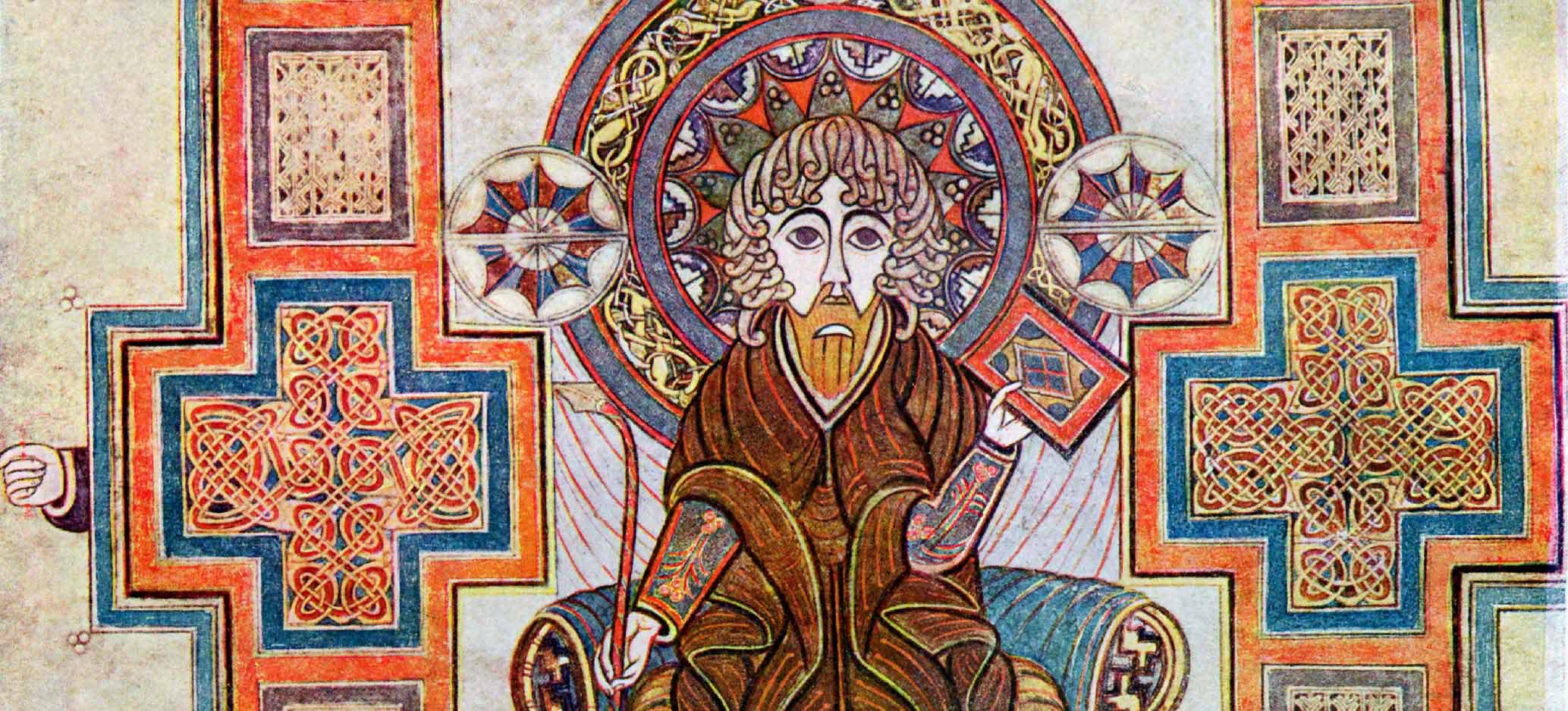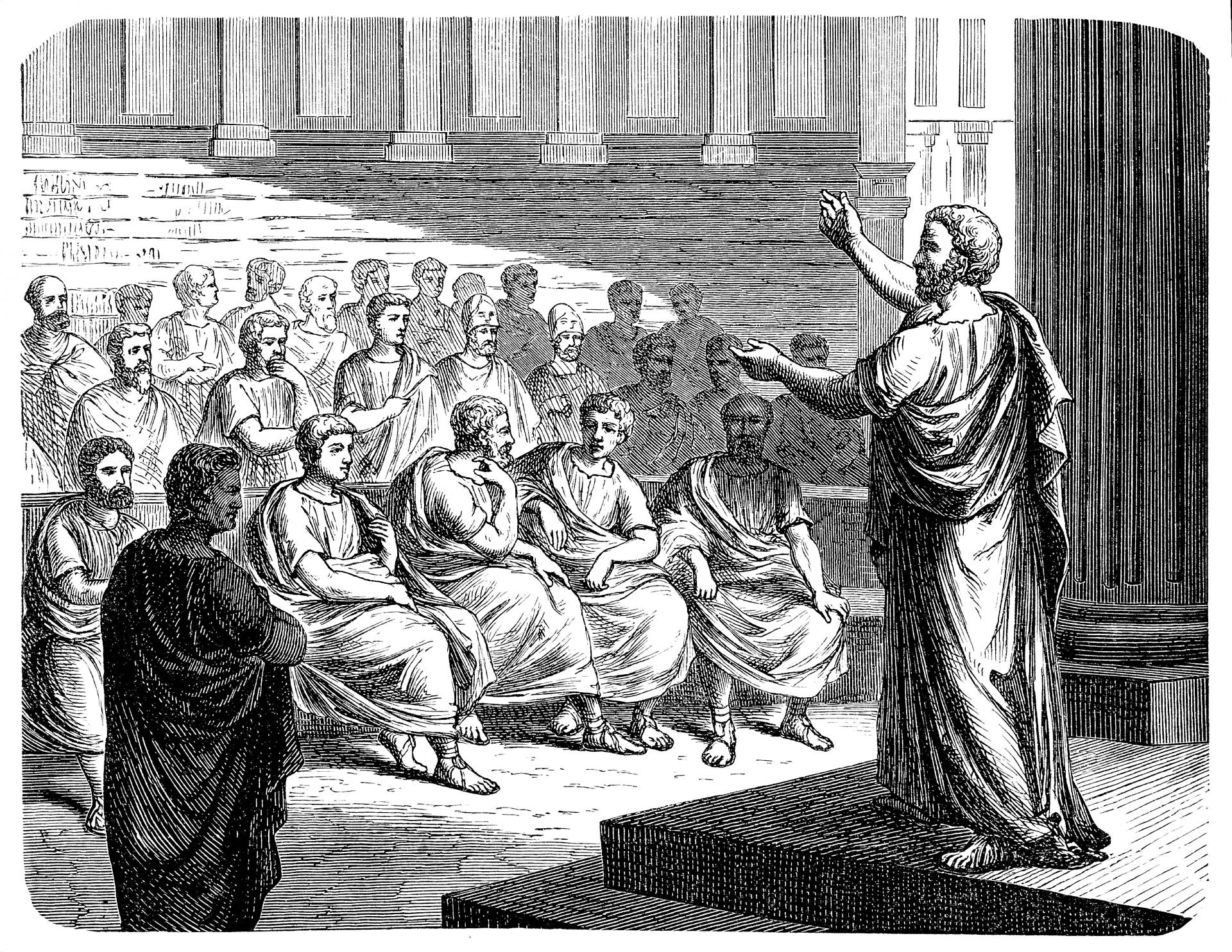Learning objective
- To understand the role of translations by exploring religious scripture.
Success criteria
- I can identify
This content is for subscribers only. Join for access today.
Religious Education Council Curriculum Framework for RE in England (non-statutory guidance):
- A1: Describe and
This content is for subscribers only. Join for access today.
Cross-curricular links
English
Reading comprehension
Pupils should
This content is for subscribers only. Join for access today.
Before the lesson
This content is for subscribers only. Join for access today.
Lesson plan
Recap and recall
Display the Presentation: Range of answers.
This content is for subscribers only. Join for access today.
Extended-mode explainer videos
How to extend your display to view the lesson page and preseantion mode simultaneously. Choose your operating system below to watch the video
If you need further support with extending your display,
please contact [email protected].
Extended-mode explainer video: For Mac
Extended-mode explainer video: For Windows
Adaptive teaching
Pupils needing extra support:
Could use the Knowledge organiser for vocabulary support in the lesson; should use the Activity: The Gurmukhi script – support (one between two) which has a few statements already ordered.
Pupils working at greater depth:
Could also order the three types of text (ancient language, translation and commentary) from most to least important and compare whether the order is the same; could consider their response to the additional question: ‘Do you think translations are necessary? Why?’ in the Wrapping up.
This content is for subscribers only. Join for access today.
Assessing progress and understanding
Pupils with secure understanding indicated by: identifying the ancient language,
This content is for subscribers only. Join for access today.
Vocabulary definitions
-
Chumash
The Torah, printed in a book.
-
commentary
Written or spoken explanations.
This content is for subscribers only. Join for access today.
In this unit
Assessment - R&W Y4: Does the language of scripture matter?
Lesson 1: What came before written scripture?
Lesson 2: How has Biblical Hebrew evolved?
Lesson 3: Is all Arabic the same?
Lesson 4: Should prayers be said in their ‘original’ languages?
Lesson 5: How important are translations of religious scripture?
Lesson 6: Why does some religious scripture contain artwork?




